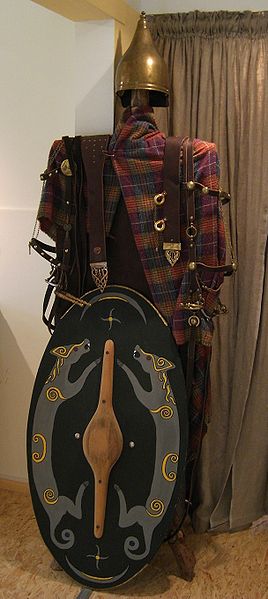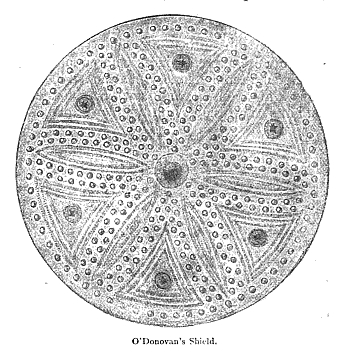

From the time of the Roman Empire to well past its decline, Celtic civilization survived beyond Hadrian’s Wall in modern day Scotland, Ulster and Ireland. Armor was not heavily emphasized in Gaelic conflicts between the Gaels and enemies such as the Roman Empire or Viking raiders, since Gaelic warriors relied on quickness and a greater amount of martial arts than was seen in the rest of Europe at the time. As a Celtic people, the Gaels borrowed heavily from the armors of La Tene and Hallstatt cultures.
Gaelic tribes lived in modern day Scotland, Ireland, and the British Isles, all north of the Roman Empire's borders. These tribes had a minimum of natural metal resources and largely disdained armor, unlike the Roman legions. A gaelic warrior wore the minimum of protection, to allow for swift hand-to-hand combat. These methods would remain virtually unchanged throughout the history of the Gaelic lands.
ARMORS |
|
|
A farmer's vestments also served as the main suit of armor in the constant Gaelic warfare. The coat was a kilt decorated in the colors of the local clan, and padded about 6-8 cm thick in fabric. |
|
SHIELDS |
|
|
Shields used by the Gaels were wooden bucklers, often about 5-7 Cm thick. These shields featured intricate pattern s established by the local counties and clans, which would overtake the whole of the Gaelic lands. |
|


Integrative Materials Design Center - Worcester Polytechnic Institute

